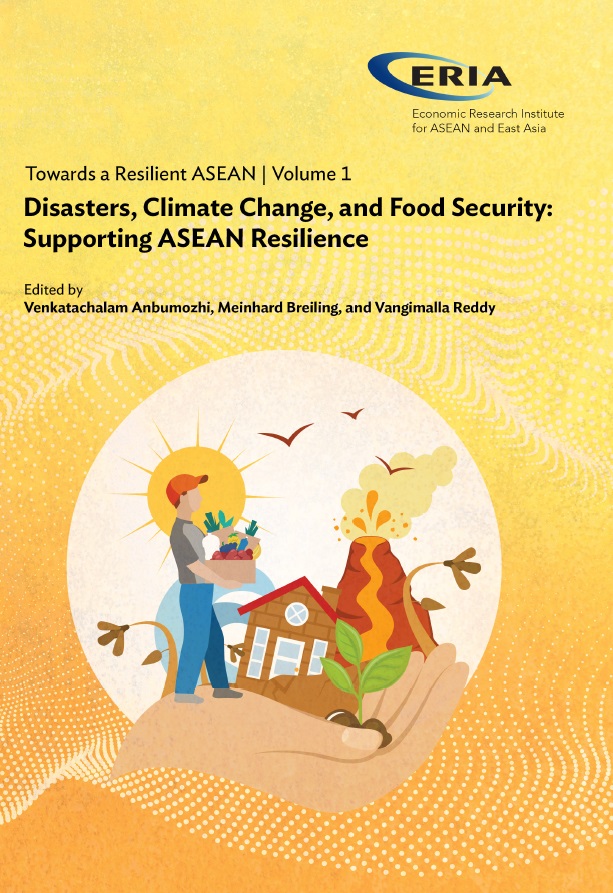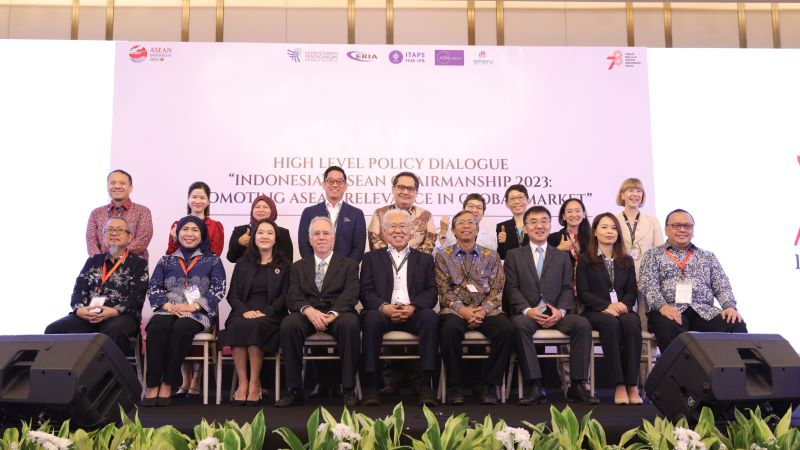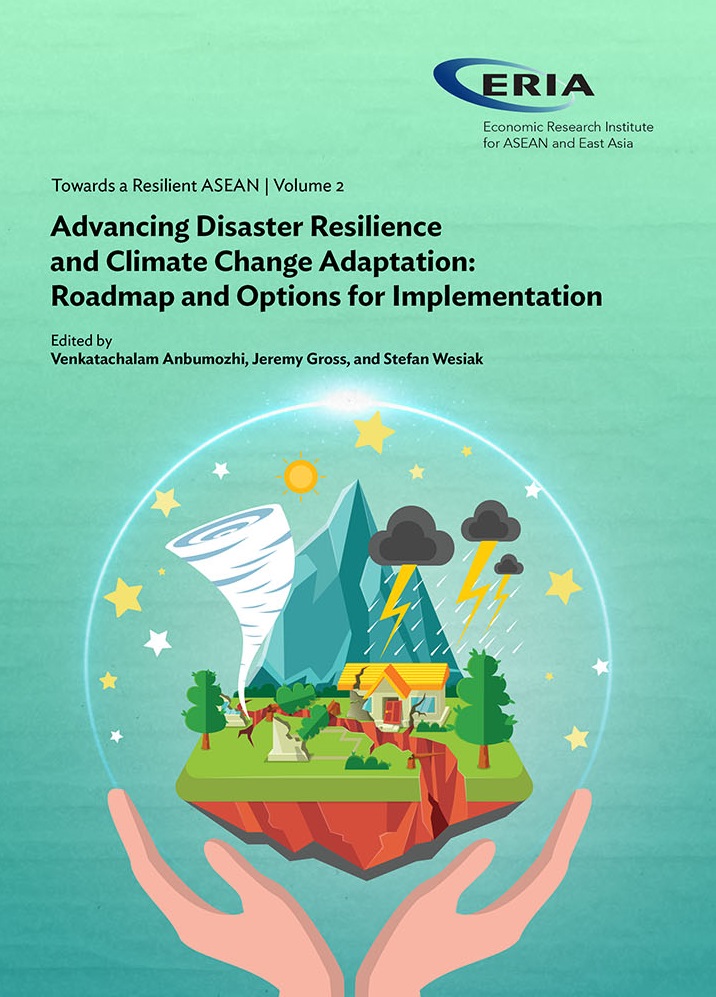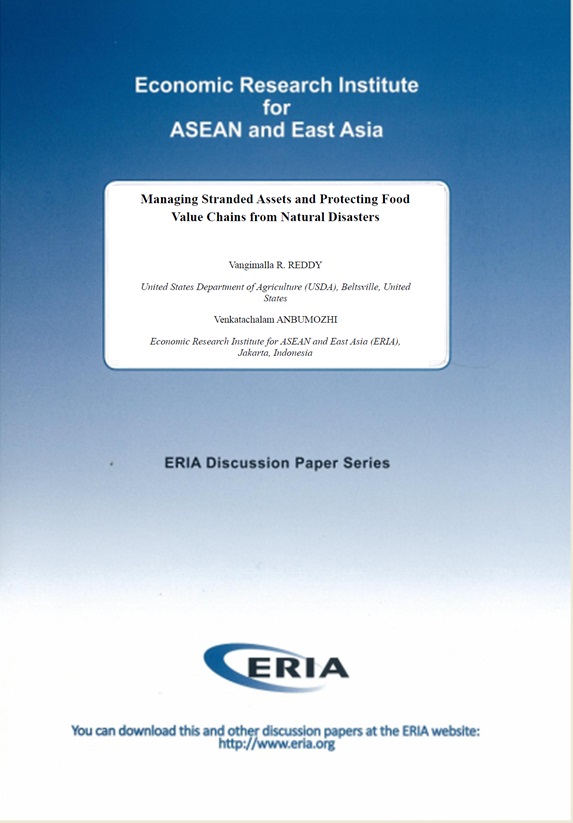Towards a Resilient ASEAN Volume 1: Disasters, Climate Change, and Food Security: Supporting ASEAN Resilience

Date:
23 December 2019Type:
BooksTags:
disaster risk management, disaster resilience, Environment, Climate Change, Food Security, Food Value Chain, ASEAN, disastersPrint Article:
Climate change tends to increase the frequency and intensity of weather-related natural disasters, which put many people at risk. The Association of Southeast Asian Nations (ASEAN) is more vulnerable to these risks than any other region due to its dependence on natural resources. Economic and social impacts further increase the vulnerability of food value chains and isolated communities and tend to retard development and increase disparity nationally and regionwide. This book addresses the distributional effects of disasters and climate change on food systems, people, and places, introducing concepts of resilience and methods for analysis and illustrating the roadmaps for adaptation at the local, sectoral, national, and regional levels.
The chapters in the first volume set the stage by focusing on climate change and disasters and by broadly exploring their economic consequences. The detailed assessments and analyses embedded in the chapters cover a wide range of impact categories including agriculture, livestock, fisheries, and urban sectors and seek to identify the immediate actions that need to be taken by ASEAN. The chapters in the second volume discuss response mechanisms to climate change and disaster resilience in terms of sectoral preparedness, information sharing, institution building, and financial resource mobilisation. Based on a review of country experiences, this volume also presents a mid- and long-term roadmap for climate change adaptation and contains guidelines for integrating climate change vulnerability, disaster risk reduction, and international targets into everyday planning and implementation processes.
Full Report
Disasters, Climate Change, and Food Security: Supporting ASEAN Resilience
Contents
List of Tables, Figures, and Acronyms
Part I Assessment Methods
Chapter 3. ASEAN Food Security under the 2°C-4°C Global Warming Climate Change Scenarios
Chapter 4. Effects of Disasters on Intra ASEAN Trade of Agriproducts
Chapter 5. Successful Adaptation Measures for Inland and Coastal Food Security
Part II Technology Adoption
Part III Institutional Adoption
Chapter 9. Adaptive Solutions: What is the Role of Financial Institutions and Insurance Industry?
Part IV Policy Adoption
Chapter 12. Disasters, Health, and Food Security in Cities: Adaptation Options for ASEAN
Chapter 13. Mainstreaming Resilience into SDGs and Agricultural Trade Pacts: Why and How?




